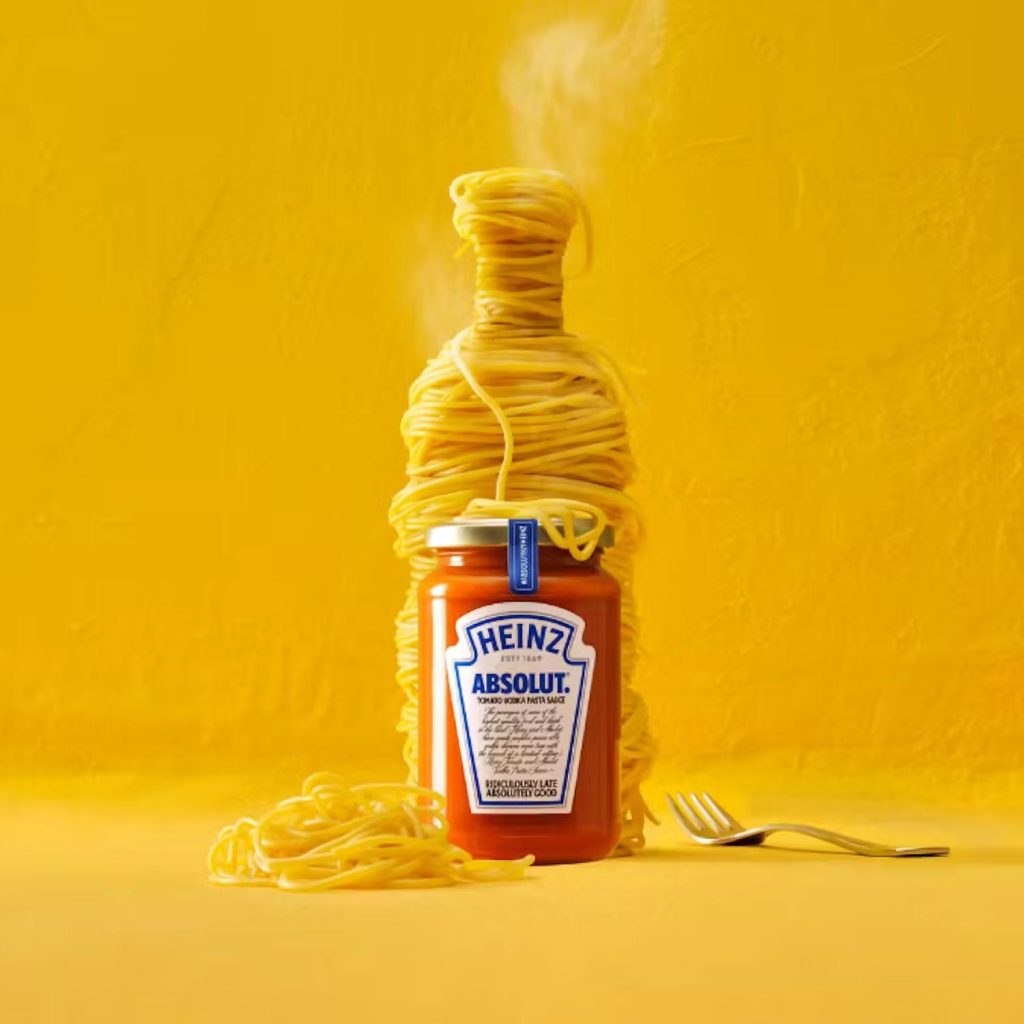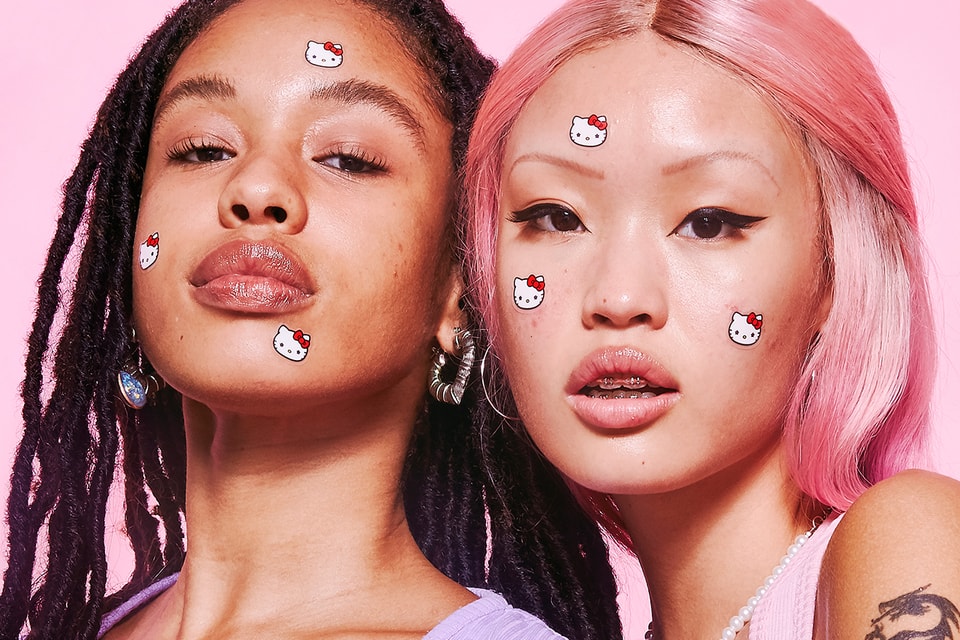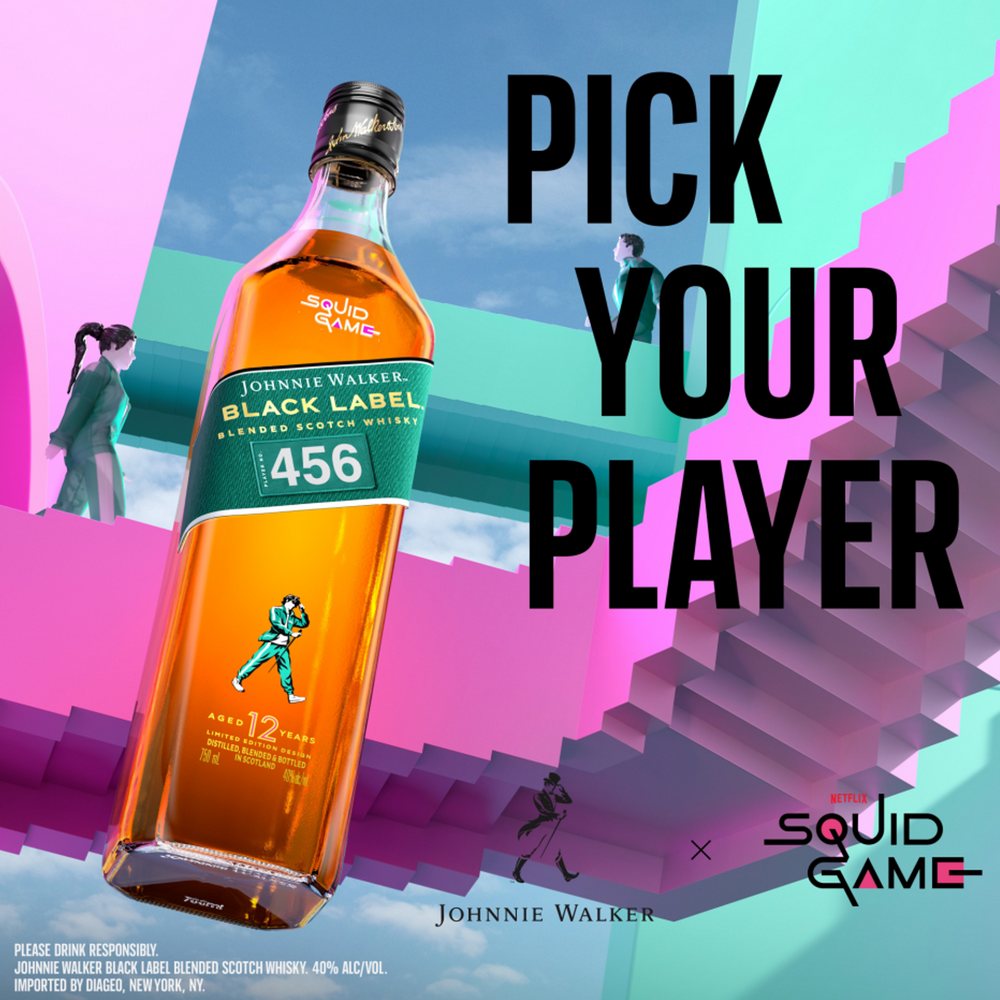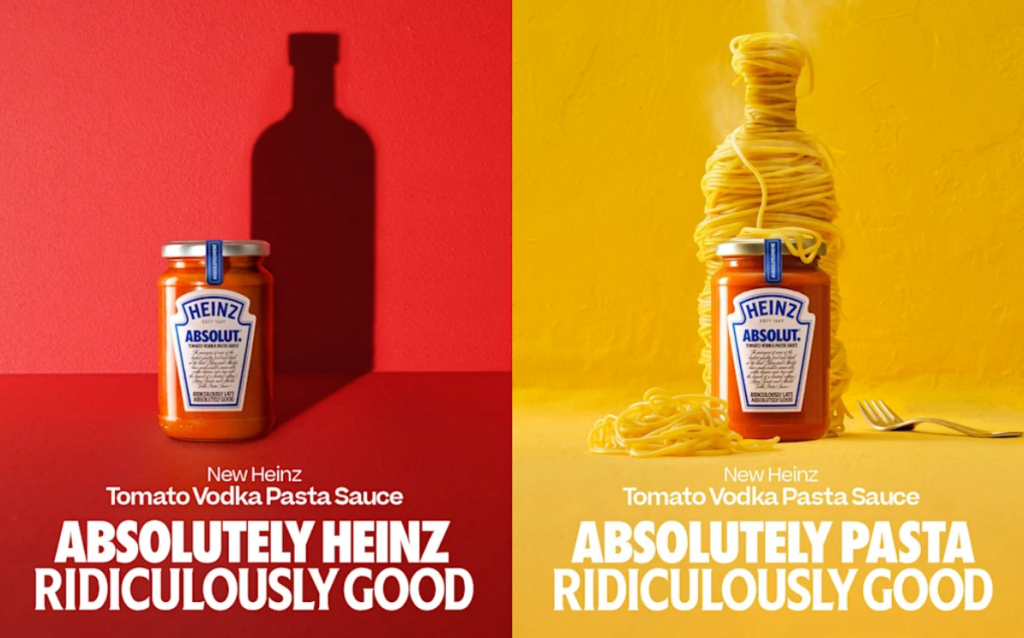
Fast Company recently shared an article by Craig Barnes entitled ‘What legacy brands can learn from the hype cycle’. In it, Barnes explores the rise of ‘dopamine’ brands that capture our attention and keep us engaged.
Back in 2015, Microsoft claimed our attention spans had dropped to eight seconds—shorter than that of a goldfish. No one’s definitively proven it, but it feels about right in the age of TikTok. Ten years later, goodness knows how long we’re able to hold it.
So-called dopamine brands use eye-catching visuals to connect with audiences, drawing us in with ‘an instant high’. These brands generate excitement with exclusive collabs, and create a sense of scarcity with limited drops, using social media to further the hype. As Barnes says: ‘These aren’t just products; they’re events.’
As for examples of dopamine brands, Barnes lists Starface, Graza, and Poppi.

Despite the popularity of these brands, they can’t be sustained on hype alone:
[With] every dopamine hit comes a comedown, and many challenger brands are now struggling with staying power. Meanwhile the legacy brands languish on the sidelines, wondering what to make of it all as a chunk of their audience is tempted away.
However, by injecting a little bit of hype, classic brands can avoid being left behind. There is an opportunity here for legacy brands that are willing to figure out how to ride the dopamine wave.
If you’ve got iconic assets and built emotional trust over decades, you’re more than halfway there. The nudge is to deliberately disrupt yourself by bringing ideas in from the outside, while finding ways to retain what it is people love about you at the core.
Keep the heart
Although limited editions are a popular way to generate hype about a product, Barnes advises that legacy brands should approach this thoughtfully.
When limited editions aren’t rooted in what people already love about the brand, they land as lazy, insincere. They often fall flat with consumers, who see straight through it. Smart design evolves from what’s already there; celebrate the core brand essence by coming from a place of authenticity, then create the disruptive newness.
One example of this is Marmite: a British brand that has been loved (or hated!) since 1902. The savoury spread has been a long-time staple, but Marmite has recently garnered attention through a collaboration with M&S. This range of products includes the Three Cheese and Marmite Pizza, and Marmite Mac & Cheese Bites. This achieves a sense of novelty whilst celebrating Marmite’s core product.
Limited editions from brands work best when they riff on the thing people already love about them, whether it be format, flavor, origin story, or something else.
Find symbiosis through collaboration
Brand collabs are a common occurrence in dopamine branding, allowing brands to build hype and reach new audiences—but it’s not just new brands that can benefit. Barnes highlights one example of a successful collab:
Look at Johnnie Walker’s Squid Game Limited Edition—another entry from a brand that continues to cross-pollinate categories to deliver the unexpected. Here it’s bringing popular culture in to give its audience exactly what they never knew they needed. While the launch design felt dopamine, the core pack design confidently fused both brands’ assets together with mutual respect and consideration.

The Jonnie Walker x Squid Game collab brings together two brands from two different worlds, but collaborations between brands from the closer markets can be just as symbiotic. Barnes highlights the Heinz x Abslout vodka pasta sauce as an example:

The Heinz x Absolut collaboration was a good example of how good design can multiply brand value. Its success lay in both brands celebrating their distinctive assets in tandem in the launch collateral (Heinz’s silhouette and red tones, Absolut’s bottle shape and stripped-back typography).
The creative idea itself was reportedly inspired by Gigi Hadid’s viral vodka pasta sauce moment, which presented the perfect opportunity for the two brands to come together and celebrate their respective products.
The most effective collaborations aren’t necessarily about giving each brand equal space, or one giving way for the other. It’s putting egos aside to create something entirely new together, the genius child of both.
Standing the test of time
Limited drops and collaborations are undeniably useful for building short-term hype and seeing instant results, but legacy brands that want to stay relevant will need to go deeper. This means having the willingness to evolve with the times and staying aware of what the newer brands are up to.
Legacy brands should be more confident in the strength of their assets. Changing them creatively just a little can have a powerful outcome.
These creative changes could mean small tweaks to the packaging for a new product line, an updated logo, or even a full brand re-fresh. However, it’s important not to abandon the brand’s foundation. With a delicate balance, brands can speak to loyal customers and new audiences at the same time.
It can reenergize products and brands, putting them in front of new audiences who will become the next generation of loyalists. A design that is oversaturated in dopamine can have the opposite effect, creating confusion around your brand’s identity, leaving your crowd alienated and cynical.
The key is to build from what people already know and love.
Your brand
Whether you’re a legacy brand looking to re-energise your brand, or a new brand hoping to go deeper than dopamine design, Novagram can help. Get in touch if you’d like to discuss pasta sauce, pimple products, or any other branding query!
Let’s keep in touch
Join our mailing list for insight that can boost your business. Unsubscribe anytime.